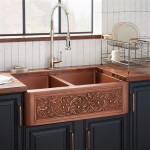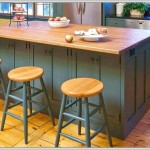If you are in the market for a new kitchen sink, you may be considering a composite kitchen sink. Composite sinks are an increasingly popular choice for homeowners looking for a durable and stylish sink. This article will provide an overview of composite kitchen sinks, their advantages and disadvantages, and how to choose one for your kitchen.
What Are Composite Kitchen Sinks?
Composite kitchen sinks are made from a combination of materials, typically granite or quartz, and a resin or acrylic binder. The sink is then treated with an acrylic or gelcoat finish to help protect it from scratches and other damage. The result is a sink that is strong, durable, and stylish.
Advantages of Composite Kitchen Sinks
The primary advantage of composite sinks is their durability. Composite sinks are resistant to scratches, stains, and heat, making them a great choice for busy households. They are also easy to clean and maintain. Another benefit of a composite sink is its style. Composite sinks come in a variety of colors and styles, so you can find one that suits your kitchen décor.
Disadvantages of Composite Kitchen Sinks
The primary disadvantage of composite kitchen sinks is their cost. They tend to be more expensive than other types of kitchen sinks, such as stainless steel or porcelain. In addition, composite sinks may be prone to staining or discoloration over time. This can be prevented by using a protective coating or wax, but this will add to the cost of the sink.
How to Choose a Composite Kitchen Sink
When choosing a composite kitchen sink, it is important to consider your budget, the size of your kitchen, and the style you are looking for. You should also consider the material of the sink, as some materials are more durable than others. Finally, take into account any additional features you may want, such as integrated drainboards or built-in soap dispensers.














Related Posts









